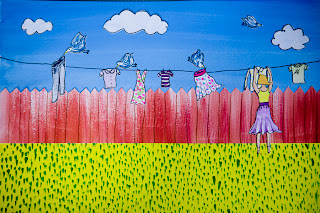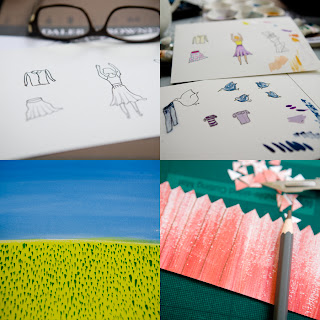The next step, and most daunting of all, was to actually start to approach people to photograph. I’m pretty comfortable doing this in English, but to do this in German was a whole other thing. So today, when I went to pick up my bike from its service, I slung on my camera, practised a couple of sentences in German explaining my project and (deep breath) asked the bike shop owner if I could take his picture. He was more than obliging, and seemed pretty chuffed about the unexpected photo shoot. And now I’ve made a start, I’m sure it’ll be much easier to approach future subjects.
Here’s my favourite picture from the shots today.
What a lovely chap!
ps my tips for this type of photography:
* explain what the pictures are for, how they will be used and why in particular you are interested in photographing the person.
* wait until they have a free moment (no customers around) and keep it brief (you are asking them to take time out from what they are doing) - I only took 12 shots in total.
* after a few shots, show your subject the pictures on the back of the camera so they can see what you are getting (also allows you to check to make sure they are looking ok)
* try to get eye-contact. It usually makes for a more engaging image.
* offer to give something back in return, eg. a print of the final image/invitation to exhibition opening - get contact details if necessary.
* say thank you!






































